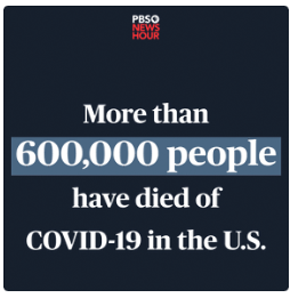Public Coverage Is Up, Private Coverage Is Down — Yet Likely Not for Long
-
Sep 16, 2022
The uninsured rate dipped slightly between 2020 and 2021, and while private insurance continued to be the most common type of coverage, it decreased in prevalence while government coverage increased, according to new data from the U.S. Census Bureau. One Wall Street analyst suggests that the findings are unsurprising given the current policy and demographic landscape, but he notes that trends are poised to change considerably when millions cease to qualify for Medicaid.
The Census Bureau’s survey, conducted between February and April, asked individuals whether they had any type of health coverage in the past calendar year. In 2021, 8.3% of the U.S. population lacked health insurance, compared to 8.6% in 2020. Put another way, 27.2 million Americans did not have coverage last year, down from 28.3 million the year prior. The 2021 uninsured rate of 8.3% represented a small uptick compared to 2019, however, when it reached a low of 8.0%.
Read more© 2025 MMIT











